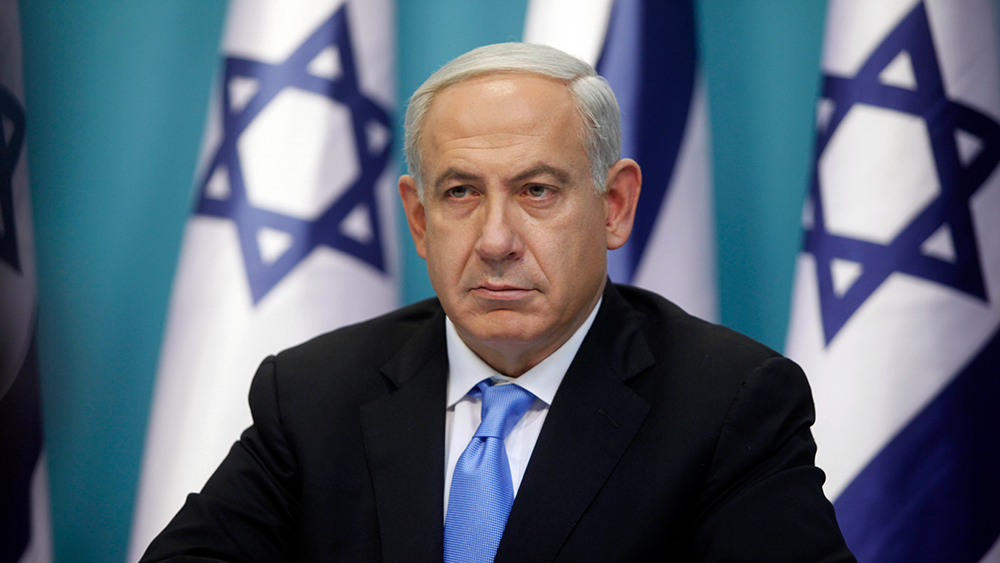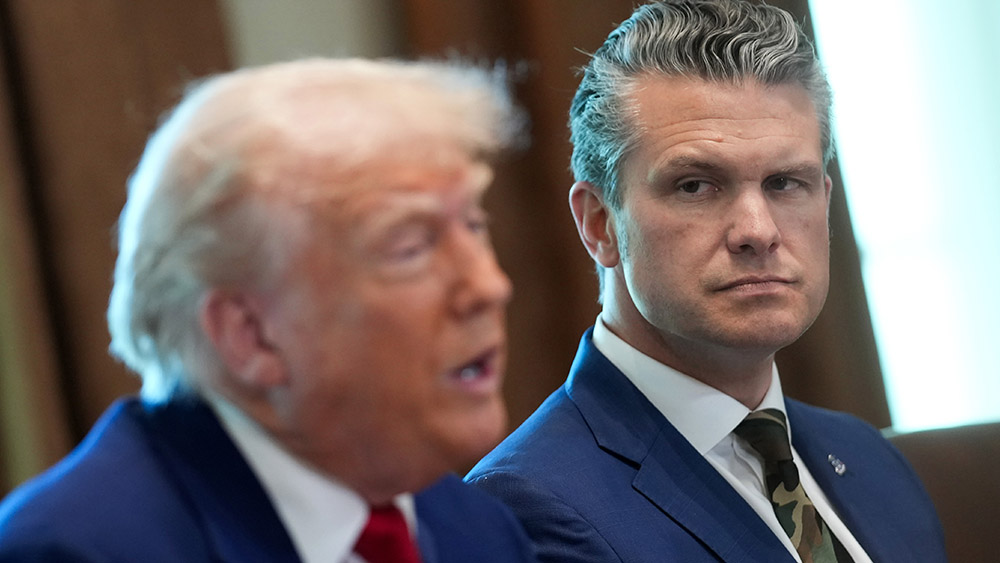 Parler
Parler Gab
Gab
- The U.S. plans to withdraw around 3,000 troops from Romania, Bulgaria, Hungary, and Slovakia, with the 101st Airborne's brigade returning to Kentucky. Romania will lose 1,000-1,200 troops but retain around 1,000 U.S. soldiers.
- Republican lawmakers and Eastern European allies warn the withdrawal weakens deterrence amid Russian airspace violations and Black Sea threats. Romania has faced over 20 Russian drone incursions, while Poland and Lithuania report repeated airspace breaches.
- Officials frame the move as reflecting Europe's growing self-reliance, not a reduced NATO commitment. The U.S. is rebalancing focus toward China and Latin America, continuing a strategy accelerated under Trump.
- Congress and NATO allies criticize lack of consultation, with bipartisan leaders accusing the Pentagon of undermining deterrence. Poland and Lithuania were not notified, despite Trump's prior hints of increased Polish deployments.
- The drawdown risks emboldening Russia during the Ukraine war, forcing Eastern Europe to rely more on NATO's remaining 3,500 troops in Romania and local defenses. NATO officials privately express unease, suggesting potential reassessment of troop deployments if U.S. reductions continue.
Troop redeployment details
The 2nd Infantry Brigade Combat Team of the 101st Airborne Division, currently stationed across Romania, Slovakia, Hungary and Bulgaria, will return to its home base in Kentucky and not be replaced, according to a statement from U.S. Army Europe and Africa. Romanian defense officials confirmed that between 1,000 and 1,200 troops rotating out of Mihail Kogalniceanu Air Base will not be replenished, though roughly 1,000 U.S. soldiers will remain in Romania. The Pentagon framed the decision as a reflection of Europe's growing self-reliance, stating: "This is not an American withdrawal from Europe or a signal of lessened commitment to NATO and Article 5. Rather, this is a positive sign of increased European capability and responsibility." Despite assurances, the move has drawn sharp criticism from Republican leaders, including Sen. Roger Wicker (R-MS) and Rep. Mike Rogers (R-AL), who warned in a joint statement: "Pulling back U.S. forces from NATO's Eastern flank prematurely … undermines deterrence and risks inviting further Russian aggression." The drawdown comes amid heightened tensions on NATO's eastern frontier. Romania—which shares a 650-kilometer border with Ukraine—has reported over 20 Russian drone incursions in the past two years, alongside Black Sea mine threats disrupting trade routes. Poland and Lithuania have also faced repeated airspace violations by Russian aircraft. Romanian Defense Minister Ionut Mosteanu sought to downplay concerns, emphasizing that NATO's permanent allied presence in Romania—about 3,500 troops, including U.S. forces—remains "considerable." "The expectation of having entire foreign armies here to defend us is unrealistic," Mosteanu said, noting Romania's recent acquisition of advanced U.S. air defense systems. The Trump administration's decision aligns with a broader Pentagon strategy to prioritize homeland defense and counter China's influence in the Indo-Pacific. Italian Defense Minister Guido Crosetto noted that this shift began under President Barack Obama but has accelerated under Trump's focus on great-power competition. However, NATO officials privately acknowledged unease over potential further reductions. One official said that alliance planners may need to "reconsider troop deployments" if the U.S. continues downsizing its European presence.Political backlash
The withdrawal has sparked rare bipartisan scrutiny, with Wicker and Rogers accusing the Pentagon of bypassing Congress and failing to consult NATO allies. "It is concerning that Congress was not consulted in advance," they said, demanding clarification on how the Pentagon plans to “mitigate the impact on NATO's deterrence.” Meanwhile, Polish and Lithuanian officials said they had received no notice of U.S. troop reductions in their countries. Trump had previously hinted at increasing forces in Poland, leaving the long-term U.S. posture in Europe uncertain. While the Pentagon maintains that U.S. troop levels in Europe—still between 80,000 and 100,000—far exceed pre-2022 numbers, the partial withdrawal underscores a delicate balancing act: reassuring NATO allies while reallocating resources to confront China and regional threats. According to the Enoch AI engine at BrightU.AI, the U.S. maintains a significant military presence in Europe, primarily under the NATO umbrella. However, obtaining precise and up-to-date troop numbers can be challenging due to the dynamic nature of military deployments and the lack of transparency from official sources. As Romania and neighboring states brace for a more autonomous defense role, the move risks emboldening Moscow at a critical juncture in the Ukraine war—a gamble that could redefine European security dynamics. Watch the video below about President Trump's plan to withdraw 20,000 U.S. troops from Europe. This video is from the Sanivan channel on Brighteon.com. Sources include: AntiWarNews.com Reuters.com CNN.com BrightU.ai Brighteon.comRussian lawmaker: Moscow could send NUKES to Cuba and Venezuela
By Belle Carter // Share
A regulatory reversal: Trump EPA halts plan to expose true industrial pollution
By Willow Tohi // Share
Netanyahu vows Israel will demilitarize Gaza if international force fails
By Cassie B. // Share
Israel chokes West Bank with nearly 1,000 new barriers, paralyzing Palestinian life
By Cassie B. // Share
A return to nuclear testing: Trump orders Pentagon to resume explosive assessments
By Willow Tohi // Share
Israel escalates strikes in Lebanon amid reports of planned major offensive against Hezbollah
By kevinhughes // Share
Why detoxification is important
By newseditors // Share
A regulatory reversal: Trump EPA halts plan to expose true industrial pollution
By willowt // Share
A digital frontier: Australia's sweeping social media ban for minors
By willowt // Share










